
New Braunfels, Texas
JWK Consulting & Construction ManagementOwner Built Home Consulting Services & Construction Management Services provided for San Antonio and South Central Texas areas |
Stairway Safety
Sun, 11/13/2011 - 16:20 — JoeKeresztury
(SOS) Safety Of Stairs - In Your San Antonio Area Home
Stairs of course have been used since before modern times, dating back to when there was most likely not much enforcement for any standards and/or regulations. Steps and stairs of any height are an obvious potential safety hazard. People have been falling on them and off them, getting injured or in some rare instances even killed thru all of modern times and even before. Fortunately in modern times requirements are constantly being updated or should I say upgraded for safety purposes on stair components. That apparently would be a main reason why over recent years, accidents due to stair falls have declined, because of more rigorous code related regulations.
In the United States, many people die yearly and many other thousands of people get injured annually from falls on stairs. Reports show that expenses related to medical costs from stair falls is second only to those injuries caused by motor vehicles. Reports also show that in most years there are more deaths from stair falls than swimming pool and bath tub accidents combined. Statistics show that most (approximately 80%) of stairway accidents happen in the home. Most at risk of stair injuries obviously are children, the elderly and handicapped people but others are also many times affected .
Contributing factors for stairway accidents is neglecting to use handrails, lack of proper hand rails, risers too high and treads too narrow. Improper lighting can also be a factor, along with much more. The consequences due to improper stair construction can be quite devastating. The more rigorous requirements of recent years are a help, but there are many older homes and buildings around that are not up to new standards and cause more of a risk and create the need to be more careful.

The above image shows the basic requirements of stair and rail components.
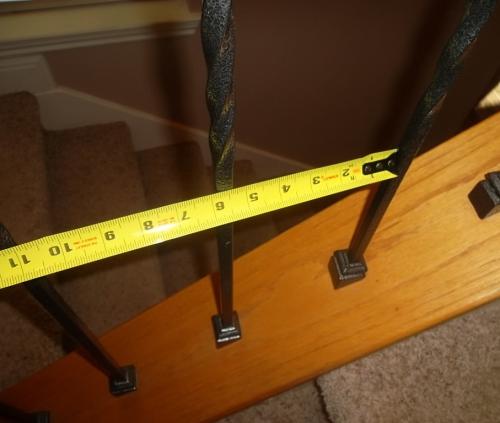



Photo shows spindle spacing is too Handrail shown is too high at 47". Handrail is too low on this rail @ 27" A handrail is also required at stairs
wide. Maximum should be 4-3/8". Should be between 34 - 38". Also there is not an acceptable when they are not open on the sides.
graspable handrail on top.
Years of accidents causing injuries and even deaths in the past have given building code originators the help to find out what works and what doesn't. What didn’t work falls by the wayside as new building codes take their place, creating safer home and building environments. Building regulations, codes have controlled stairway designs for about 3 quarters of a century.
In conclusion, stairways can pose a serious safety risk for a home and buildings occupants, but these risks can be minimized by adequate and proper stair construction and safe practices. Good design can substantially reduce the potential for miss stepping by providing us with the means to catch ourselves and regain our balance. But, even the best design cannot eliminate falling hazards entirely though. The fact is that some accidents can be caused by not paying attention and unsafe behavior. So being careful and paying attention is of the utmost importance on any set of stairs whether they are up to current code or not. So, as good ole Mom used to say "watch your step".
Click here to view photos of stair risers: http://www.jwkhomeinspections.com/san-antonio-home-inspector-joe-keresztury-stairs.html
Info, Image and Photos by Joseph W. Keresztury - JWK Inspections
San Antonio Home Inspector, New Home Construction Specialist
Stairs of course have been used since before modern times, dating back to when there was most likely not much enforcement for any standards and/or regulations. Steps and stairs of any height are an obvious potential safety hazard. People have been falling on them and off them, getting injured or in some rare instances even killed thru all of modern times and even before. Fortunately in modern times requirements are constantly being updated or should I say upgraded for safety purposes on stair components. That apparently would be a main reason why over recent years, accidents due to stair falls have declined, because of more rigorous code related regulations.
In the United States, many people die yearly and many other thousands of people get injured annually from falls on stairs. Reports show that expenses related to medical costs from stair falls is second only to those injuries caused by motor vehicles. Reports also show that in most years there are more deaths from stair falls than swimming pool and bath tub accidents combined. Statistics show that most (approximately 80%) of stairway accidents happen in the home. Most at risk of stair injuries obviously are children, the elderly and handicapped people but others are also many times affected .
Contributing factors for stairway accidents is neglecting to use handrails, lack of proper hand rails, risers too high and treads too narrow. Improper lighting can also be a factor, along with much more. The consequences due to improper stair construction can be quite devastating. The more rigorous requirements of recent years are a help, but there are many older homes and buildings around that are not up to new standards and cause more of a risk and create the need to be more careful.
The above image shows the basic requirements of stair and rail components.




Photo shows spindle spacing is too Handrail shown is too high at 47". Handrail is too low on this rail @ 27" A handrail is also required at stairs
wide. Maximum should be 4-3/8". Should be between 34 - 38". Also there is not an acceptable when they are not open on the sides.
graspable handrail on top.
Years of accidents causing injuries and even deaths in the past have given building code originators the help to find out what works and what doesn't. What didn’t work falls by the wayside as new building codes take their place, creating safer home and building environments. Building regulations, codes have controlled stairway designs for about 3 quarters of a century.
In conclusion, stairways can pose a serious safety risk for a home and buildings occupants, but these risks can be minimized by adequate and proper stair construction and safe practices. Good design can substantially reduce the potential for miss stepping by providing us with the means to catch ourselves and regain our balance. But, even the best design cannot eliminate falling hazards entirely though. The fact is that some accidents can be caused by not paying attention and unsafe behavior. So being careful and paying attention is of the utmost importance on any set of stairs whether they are up to current code or not. So, as good ole Mom used to say "watch your step".
Click here to view photos of stair risers: http://www.jwkhomeinspections.com/san-antonio-home-inspector-joe-keresztury-stairs.htmlInfo, Image and Photos by Joseph W. Keresztury - JWK Inspections
San Antonio Home Inspector, New Home Construction Specialist
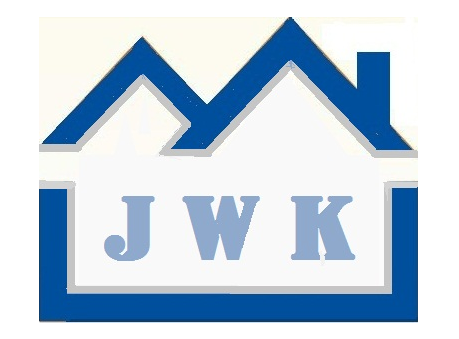





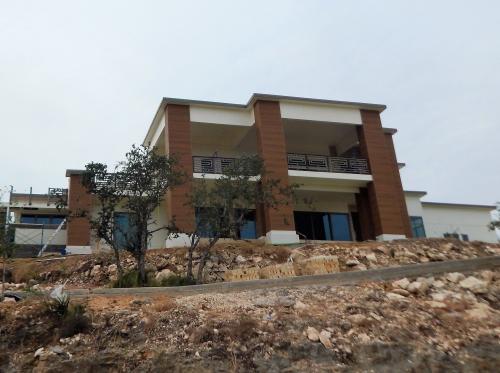

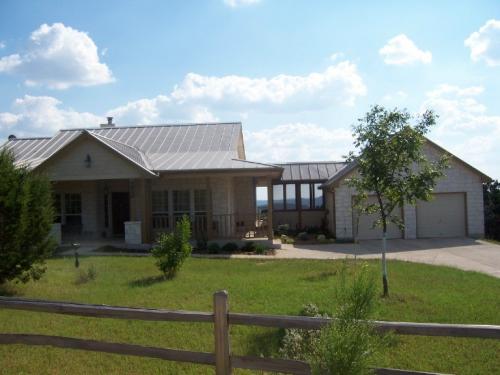
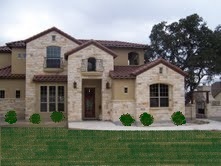






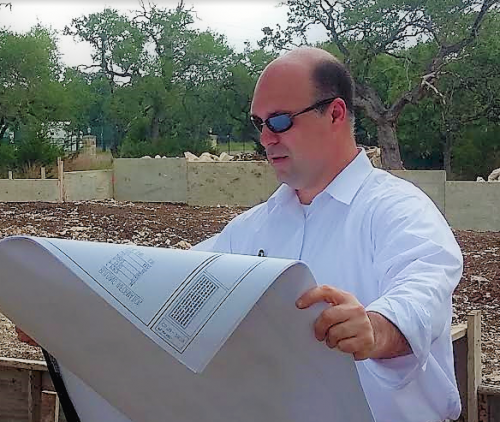

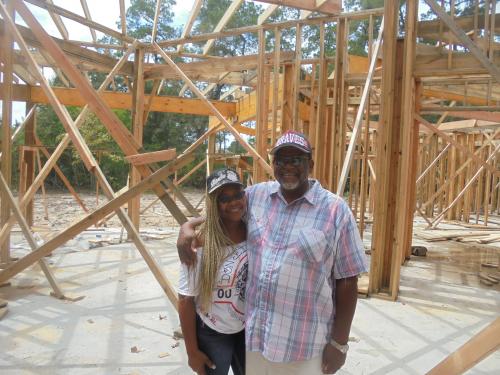


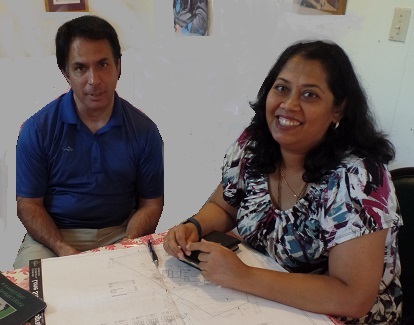
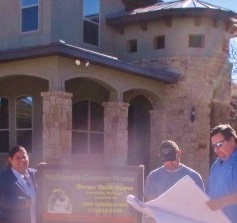
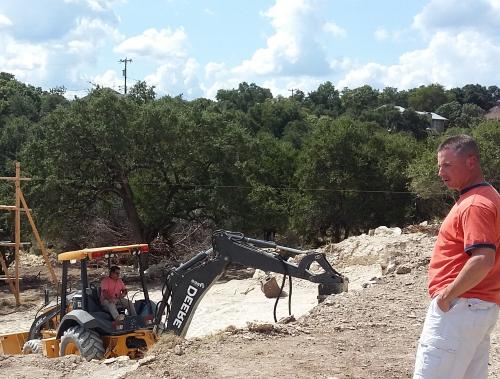
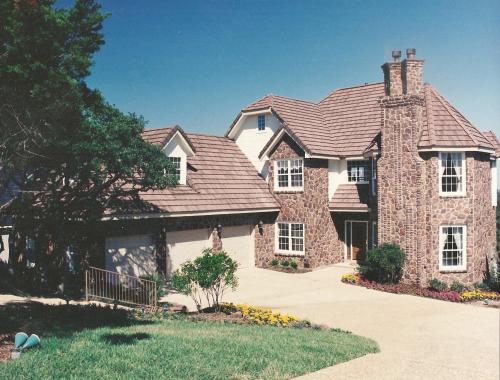
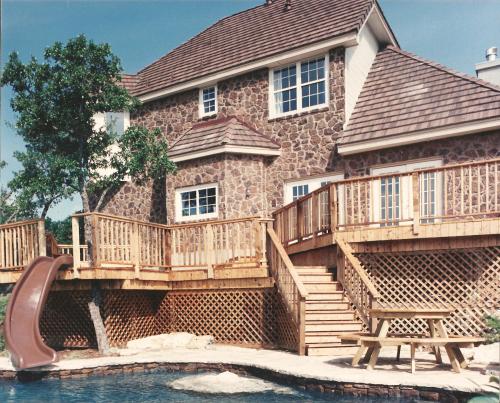



Comments
Post new comment